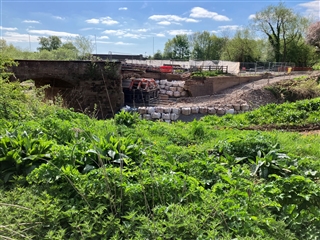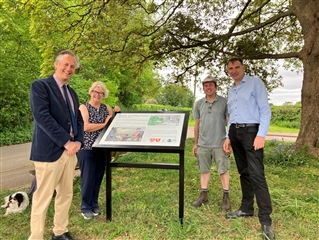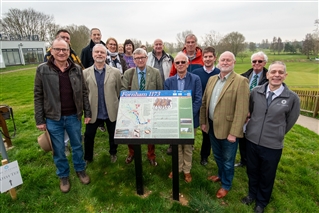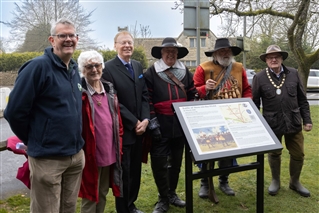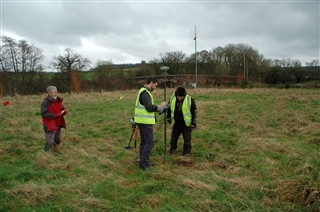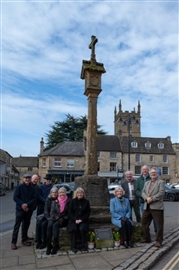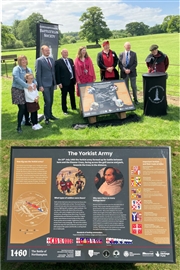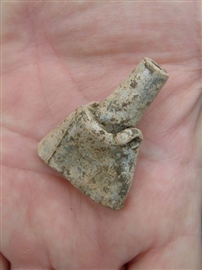News
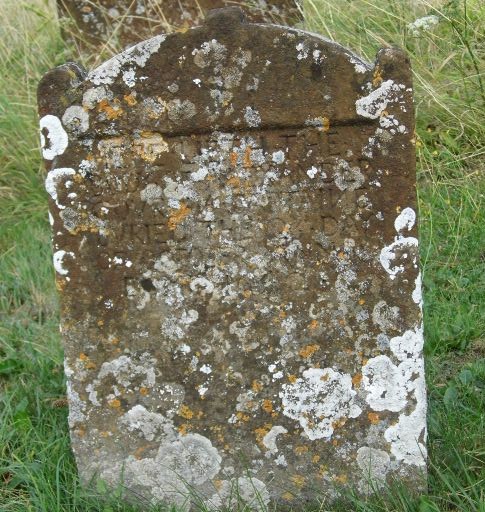
New research into the disposal of the dead on English battlefields published
25 July 2022
New research into the disposal of the dead at English battles fought in Britain 1401-1685 has recently been published.
Sarah Taylor’s research for her Doctoral thesis at the University of Huddersfield examined where and how the bodies from English battlefields were disposed, whilst also considering what factors affected how the dead were treated and whether the Reformation led to any changes in practice.
The research showed that contemporaries expected the battle dead to be buried and, generally, this happened. Where it did not occur, this was usually a consequence of the military situation or the local circumstances and such combatants were, in most cases, buried a short time later.
Only a small proportion of the battle accounts studied mentioned the disposal of the dead, indicating that this was, generally, not a topic of interest to late medieval and early modern contemporaries.
For those battles where interment was mentioned, the location of burial was not made clear in contemporary accounts and, where details were provided, they were general in nature, simply referring to interment in churches, churchyards or on the battlefield.
Only limited evidence was found of the dead being thrown into waterways, suggesting this form of disposal was uncommon.
Greater efforts were made to give those of knightly status or above a church burial. Some were buried for convenience and practicality in churches close to the battlefield or an army’s post-battle quarters.
Others, particularly in the pre-Reformation period, were buried in churches that were the most prestigious places of burial in the immediate area, suggesting a desire to honour the dead.
This practice changed during the Civil War with some high-status royalists being taken to Oxford, the royalist capital, for burial and subsequent veneration.
Burial of some of the high status dead in their homelands so that they could be buried amongst family members was also evident.
The research also demonstrated that the Reformation did not influence how the dead were treated immediately after battle, with little effort made to bury the majority of those combatants killed in consecrated ground across the period under study.
Subsequent interaction with the dead did, however, change in the post-Reformation period. This saw the stopping of the practice of building chantry chapels to obtain intercession for those killed or exhuming the bodies so that they could be reburied in the consecrated ground of a churchyard, which had been a feature of the pre-Reformation period.
The full thesis is available to read at: http://eprints.hud.ac.uk/id/eprint/35067/
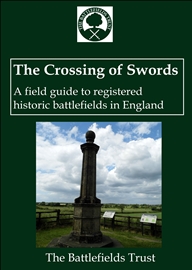 Now available! A field guide to registered historic battlefields in England
Now available! A field guide to registered historic battlefields in England
18 November 2025
Read More
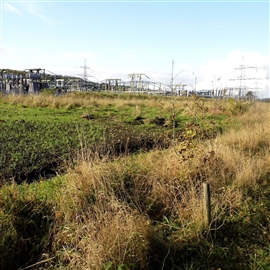 Battlefields at risk - Historic England publishes its revised Heritage at Risk register
Battlefields at risk - Historic England publishes its revised Heritage at Risk register
6 November 2025
Read More
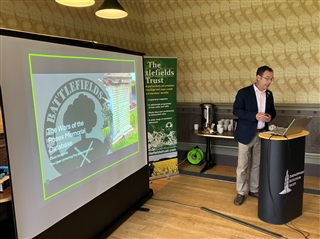 Formal Launch of the Wars of the Roses Memorial Database
Formal Launch of the Wars of the Roses Memorial Database
15 October 2025
Read More
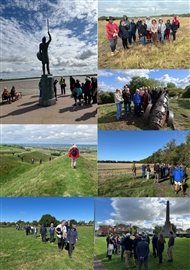 Big Battlefield Walks Weekends prove successful despite the weather
Big Battlefield Walks Weekends prove successful despite the weather
23 September 2025
Read More
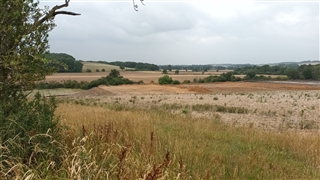 HS2 damages nationally important battlefield
HS2 damages nationally important battlefield
18 September 2025
Read More
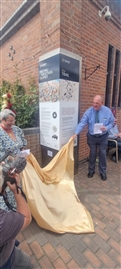 Bosworth battlefield sculpture trail opened
Bosworth battlefield sculpture trail opened
18 September 2025
Read More
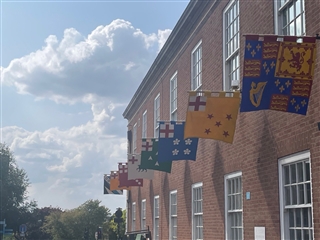 Worcester's Civil War heritage brought to life with striking new banner installation
Worcester's Civil War heritage brought to life with striking new banner installation
16 August 2025
Read More
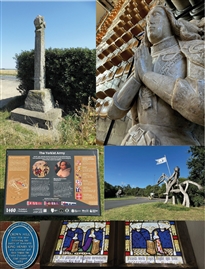 Wars of the Roses Memorial Database Launched
Wars of the Roses Memorial Database Launched
29 March 2025
Read More
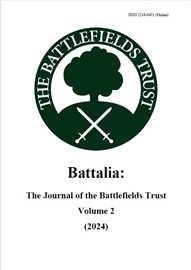 Battlefields Trust Journal 2024 Published
Battlefields Trust Journal 2024 Published
19 March 2025
Read More
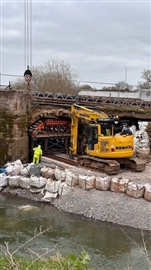 Powick Old Bridge repairs progressing
Powick Old Bridge repairs progressing
18 March 2025
Read More
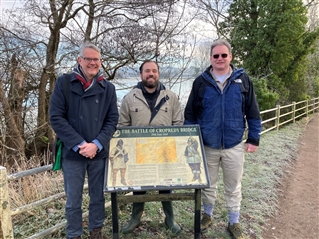 Battlefields Trust enlists cross party MP support to engage government on battlefield protection
Battlefields Trust enlists cross party MP support to engage government on battlefield protection
20 January 2025
Read More
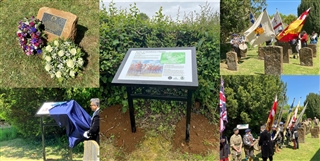 New Civil War battlefield memorial and information board unveiled at Middleton Cheney
New Civil War battlefield memorial and information board unveiled at Middleton Cheney
6 June 2023
Read More
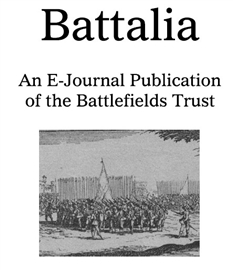 Battlefields Trust Journal - Call for submissions
Battlefields Trust Journal - Call for submissions
20 October 2022
Read More


